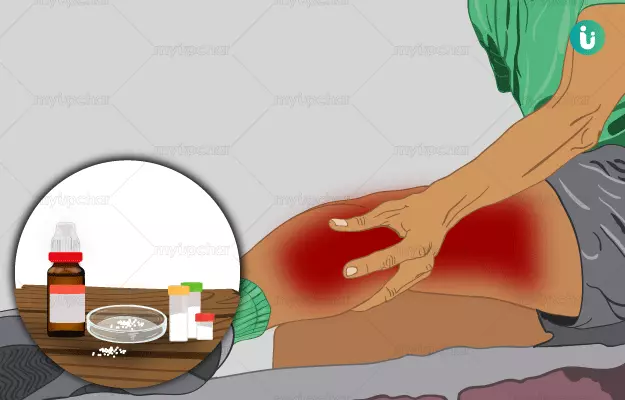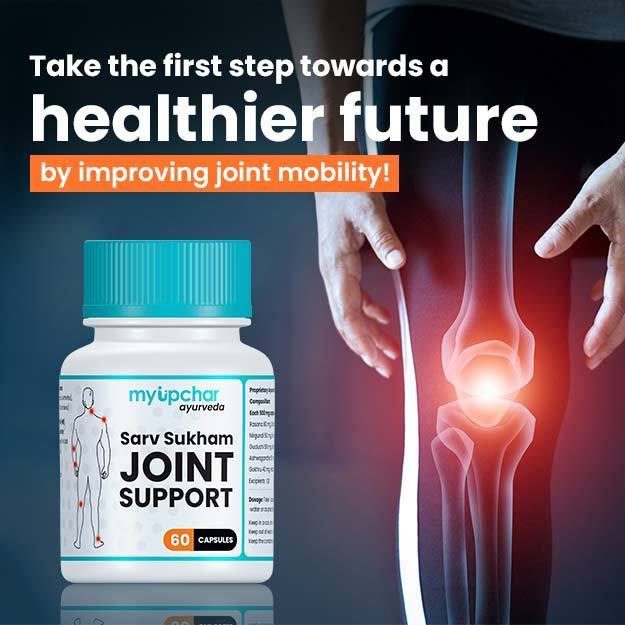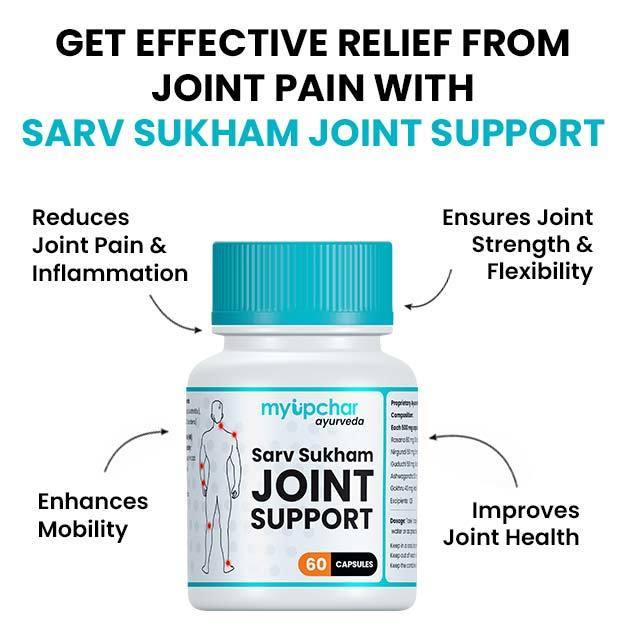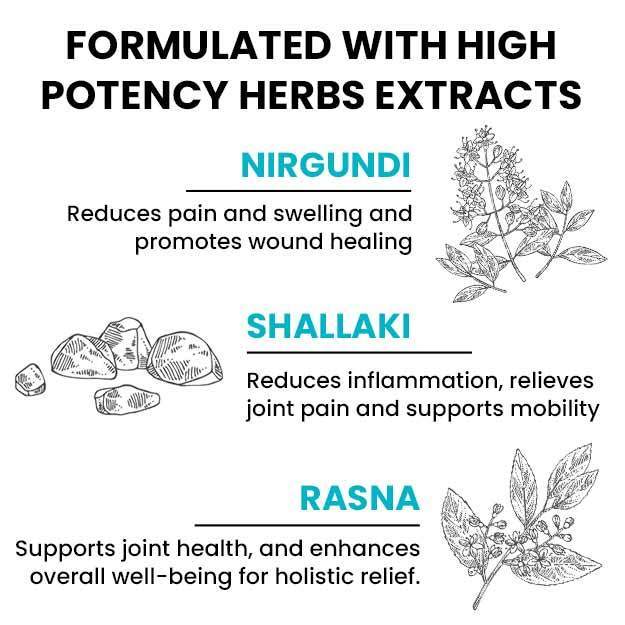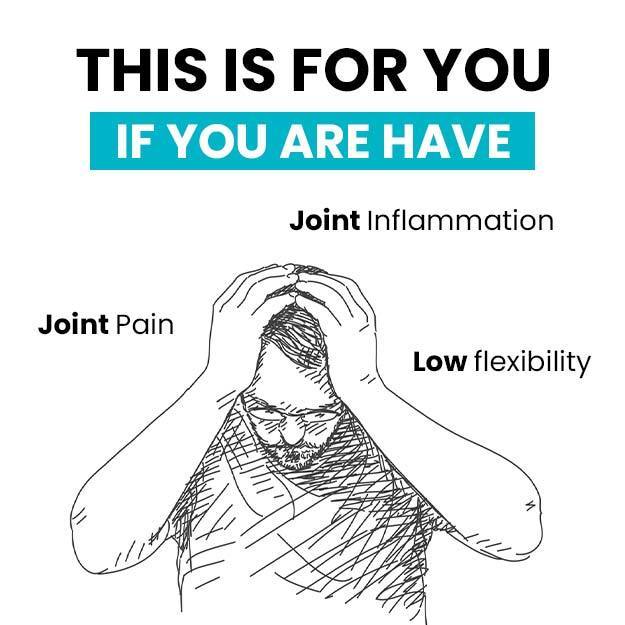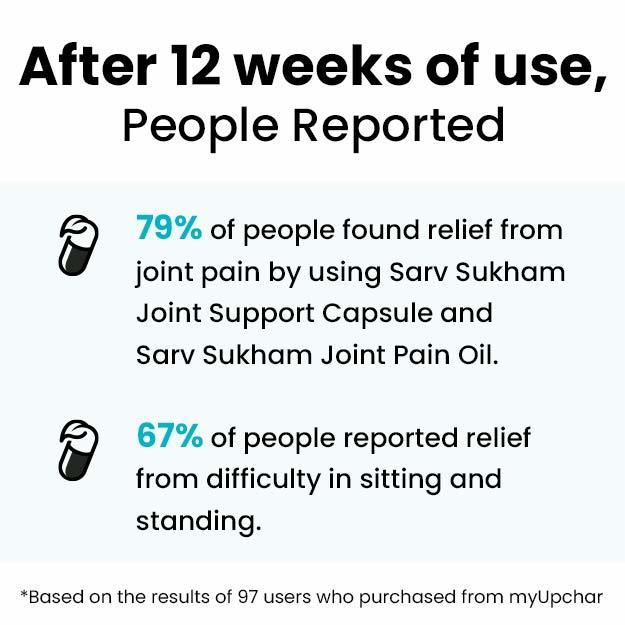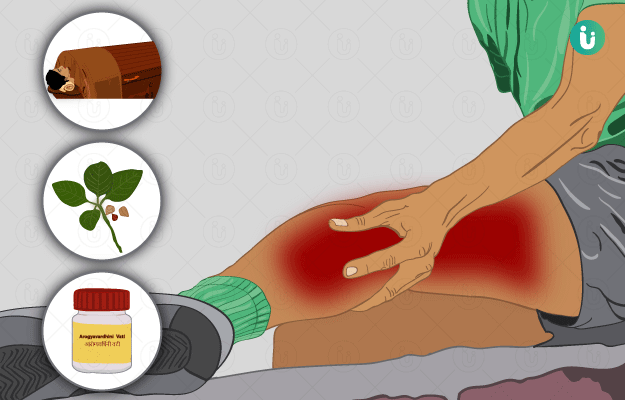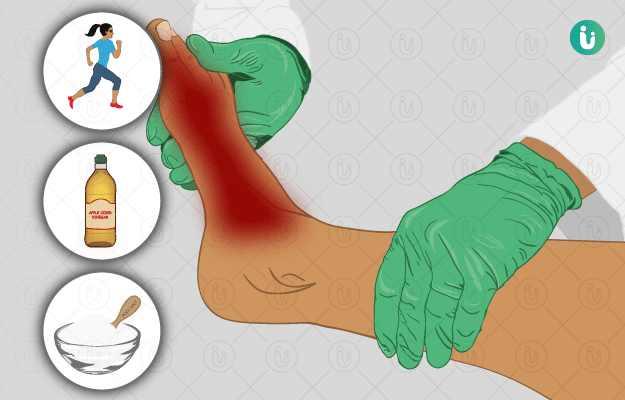Leg pain is a frustrating problem that interferes even with basic activities like walking, kneeling or climbing stairs. It also affects a person’s ability to complete routine chores, as the pain can be distracting and disabling. Though not a disease in and of itself, leg pain can be a symptom of several conditions. Or It can be routine pain due to fatigue or dehydration. Here's a quick look at the most common reasons for leg pain:
- Injuries, including overstretched or torn muscle (strain), inflammation of tendons, shin splints (pain along the shinbone) due to overexertion and hairline crack in bones.
- Muscle cramps caused by dehydration or reduced levels of sodium, potassium, calcium and magnesium in blood; as a side effect of medicines like diuretics and statins; or overexertion due to exercise or jobs that require holding the muscles in one position for a long time.
- Diseases and conditions such as deep vein thrombosis due to prolonged bed rest; inflammation of the joints of legs (arthritis and gout); bone infection (osteomyelitis); varicose veins; and nerve damage due to excessive alcohol intake, smoking and conditions like diabetes.
- Some of the more uncommon causes of leg pain include cancerous and noncancerous tumours in the bone, Legg-Calve-Perthes disease (a condition in which poor blood flow to the hip stops or delays normal growth of the legs) and sciatica (pain along the sciatic nerve which runs from the lower back to the legs).
Many conventional over-the-counter and prescription medicines are available for the management of leg pain. However, these pain-relieving medications only treat the symptoms but not the underlying cause, and long-term use of these medicines may lead to side effects.
Homeopathic treatment not only focuses on healing the condition but also the tendency of the patient to suffer from a specific condition. Thus every individual gets a unique remedy.
Homeopathy describes many medicines for the management of leg pain and its associated symptoms. Chief among them are capsicum annuum, carboneum sulphuratum, dioscorea villosa, gelsemium sempervirens, gnaphalium polycephalum, kalium carbonicum, phosphorus, plumbum metallicum, vipera berus, arnica montana, calcarea carbonica, rhus toxicodendron, kalium bichromicum, magnesium phosphoricum and baptisia tinctoria. These medicines are either given alone or in various combinations for the treatment of leg pain.
(Read more: Ayurvedic treatments, medicines and remedies for leg pain)

